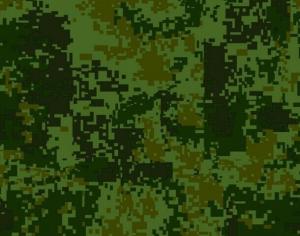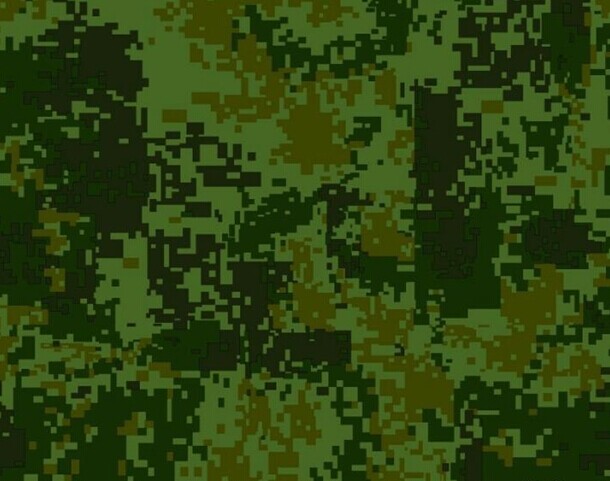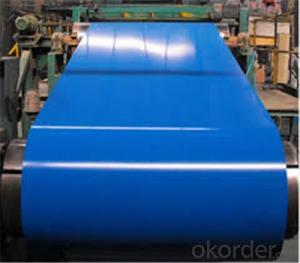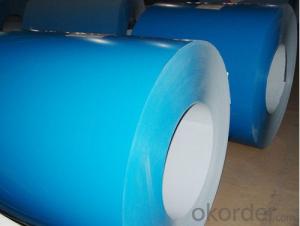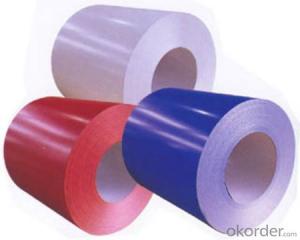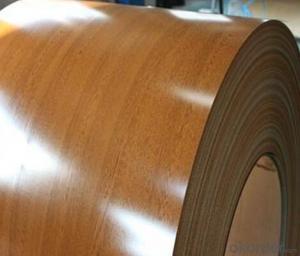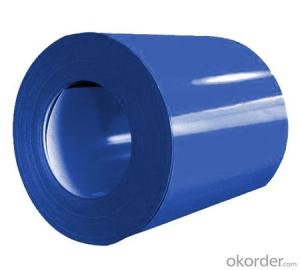PRINGTING STEEL---camouflage pattern
- Loading Port:
- China Main Port
- Payment Terms:
- TT OR LC
- Min Order Qty:
- -
- Supply Capability:
- -
OKorder Service Pledge
OKorder Financial Service
You Might Also Like
Quick Details
Standard: | ASTM,GB,JIS | Grade: | SGCC | Thickness: | 0.2mm-1.2mm |
Place of Origin: | Jiangsu China (Mainland) | Brand Name: | EAST STEEL | Type: | Steel Coil |
Technique: | Cold Rolled | Surface Treatment: | Coated | Application: | Other |
Special Use: | Wear Resistant Steel | Width: | 800mm-16000mm | Length: | as customer's required |
Specifications
1) Manufacturer of Galvanized Steel Coil
2) Superior quality with moderate price
3) Wide size range
4) Quick delivery
items | thickness | TYPE | Features |
Protection film | 50μm | polyethylene | Protecting from scratchs and contamination (Option) |
Finished coat | 10μm | PVDF | Protecting printed layer and enhances the appearance of the surfaces |
1μm | Ink, Polyester | Various printing patterns,3 color overprint | |
Top coat | 20μm | Polyester Fluorine | Chemical resistance, formability and patterns multiformity |
Primer coat | 5μm | Polyester | workability, corrosion resistance and adhesion to the primer coating |
Chemical treatment | 1μm | Chromate | Good adhesion and corrosion resistance |
substrate | 0.2-1.2mm | GI.GL.AL | GI.GL,AL |
Chemical treatment | 1μm | Chromate | Good adhesion and corrosion resistance |
Back coat | 5μm | Epoxy | corrosion resistance and adhesion to the substrate |
- Q: did bible stated that steel is coming from outer space. i mean meteor rocks that enter our earth sistem contains the minerals iron.
- First of all, use spell check and read back over what you wrote before submitting it. Second of all steel is a product made from iron through a very complicated scientific process which I will not bother to explain to you at this time. Iron is a naturally occuring substance on our planet which is mined from within the earth like other minerals. Furthermore, I don't recall the Bible saying anything about steel from outer space. What Bible are you reading?
- Q: So finally got around to watching man of steelnow i heard a few times that batman was in iti didn't se him.in the film is it something subtle I've just missed or is he not in it?when i googled it got loads of results for them being together in the new film but nothing about man of steel 2013
- Batman himself is not in Man of Steel; he is in the upcoming sequel to Man of Steel though, titled Batman v Superman: Dawn of Justice There are subtle references to Batman in Man of Steel though. When Superman and Zod are fighting and they fly up above the Earth, the satellite they fight next to has the Wayne Enterprises logo on it (Wayne Enterprises is the name of the company owned by Bruce Wayne AKA Batman). Also (and this one is very hard to spot) there is a part where Zod throws Superman into an office building, and just for a split second you can see a poster on the wall which says Keep Calm and Call Batman So no, Batman is not in Man of Steel, although he is in the sequel and he is referenced in Man of Steel.
- Q: How are steel coils shipped internationally?
- Steel coils are typically shipped internationally using cargo ships or freight trains. The coils are securely loaded onto flatbed or container vessels, ensuring they are properly secured to prevent any damage during transportation. This method allows for efficient and cost-effective transportation of large quantities of steel coils across the globe.
- Q: How are steel coils transported?
- Steel coils are typically transported by truck, train, or ship, depending on the distance and location. They are usually secured with steel strapping or wire rope and loaded onto specialized trailers or containers designed to handle their weight and size.
- Q: I feel really stupid asking this question but i feel like a put metal/steel strings on my classical guitar how do you tell the difference?
- The g-string will look and feel thicker than usual, and the strings will look almost like copper.
- Q: How are steel coils used in the production of automotive body panels?
- Steel coils are used in the production of automotive body panels by being processed and formed into the desired shape and size. The coils are typically unwound and fed through a series of machines that stamp, press, or roll the steel into the required panel shape. This process allows for efficient mass production of body panels, ensuring strength, durability, and precision in the final product.
- Q: How are steel coils processed before being used in manufacturing?
- Before steel coils are used in manufacturing, they undergo a series of processing steps. Initially, the steel coil is uncoiled from a large spool, a process that is typically carried out using a machine known as a decoiler. Once the coil is uncoiled, it is carefully inspected for any defects or damages. Following inspection, the steel coil is subjected to a process called leveling. This involves passing the coil through a set of rollers to eliminate any unevenness or waviness in the steel. By doing so, the leveling process guarantees that the coil has a uniform thickness and a flat surface, which is crucial for subsequent processing. The subsequent step involves thoroughly cleaning the steel coil to eliminate any impurities it may have, such as rust, oil, or dirt. Typically, this is accomplished by running the coil through a cleaning line, where it is treated with chemicals and water sprays. Through this cleaning process, the surface of the coil is thoroughly cleansed of any contaminants that could potentially compromise the quality of the final product. Once the cleaning process is complete, the steel coil may undergo additional processes tailored to the specific requirements of the manufacturing process. For instance, the coil may undergo annealing to enhance its ductility and reduce its hardness. Annealing entails heating the coil to a specific temperature and gradually cooling it. This process serves to alleviate internal stresses and enhance the mechanical properties of the steel. Upon completion of all necessary processing steps, the steel coil is now ready to be utilized in the manufacturing process. It can be further processed into various forms and shapes, such as sheets, plates, or strips, depending on the specific requirements of the manufacturing process. These processed steel coils find application in a wide array of industries, including automotive, construction, appliances, and machinery.
- Q: How are steel coils used in the production of steel clamps?
- Steel coils are used in the production of steel clamps as the primary raw material. The coils are fed into a machine that cuts, shapes, and bends them to create the desired clamp design. The strength and durability of the steel coils ensure that the resulting clamps are capable of securely holding objects together.
- Q: mass of steel ball=66.80 gramsdiameter of steel ball=2.51 cm
- The fact that they are pretty similar leads to the idea that Jupiter, too, is mostly H and He.
- Q: How are steel coils coated to prevent rust and corrosion?
- Steel coils are coated to prevent rust and corrosion through a process called galvanization. This involves immersing the coils in a bath of molten zinc, which forms a protective layer on the steel surface. This zinc coating acts as a barrier, preventing oxygen and moisture from coming into contact with the steel, thus reducing the risk of rust and corrosion.
Send your message to us
PRINGTING STEEL---camouflage pattern
- Loading Port:
- China Main Port
- Payment Terms:
- TT OR LC
- Min Order Qty:
- -
- Supply Capability:
- -
OKorder Service Pledge
OKorder Financial Service
Similar products
Hot products
Hot Searches
Related keywords
